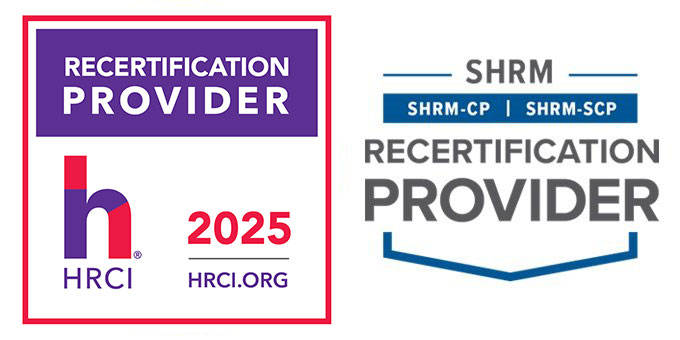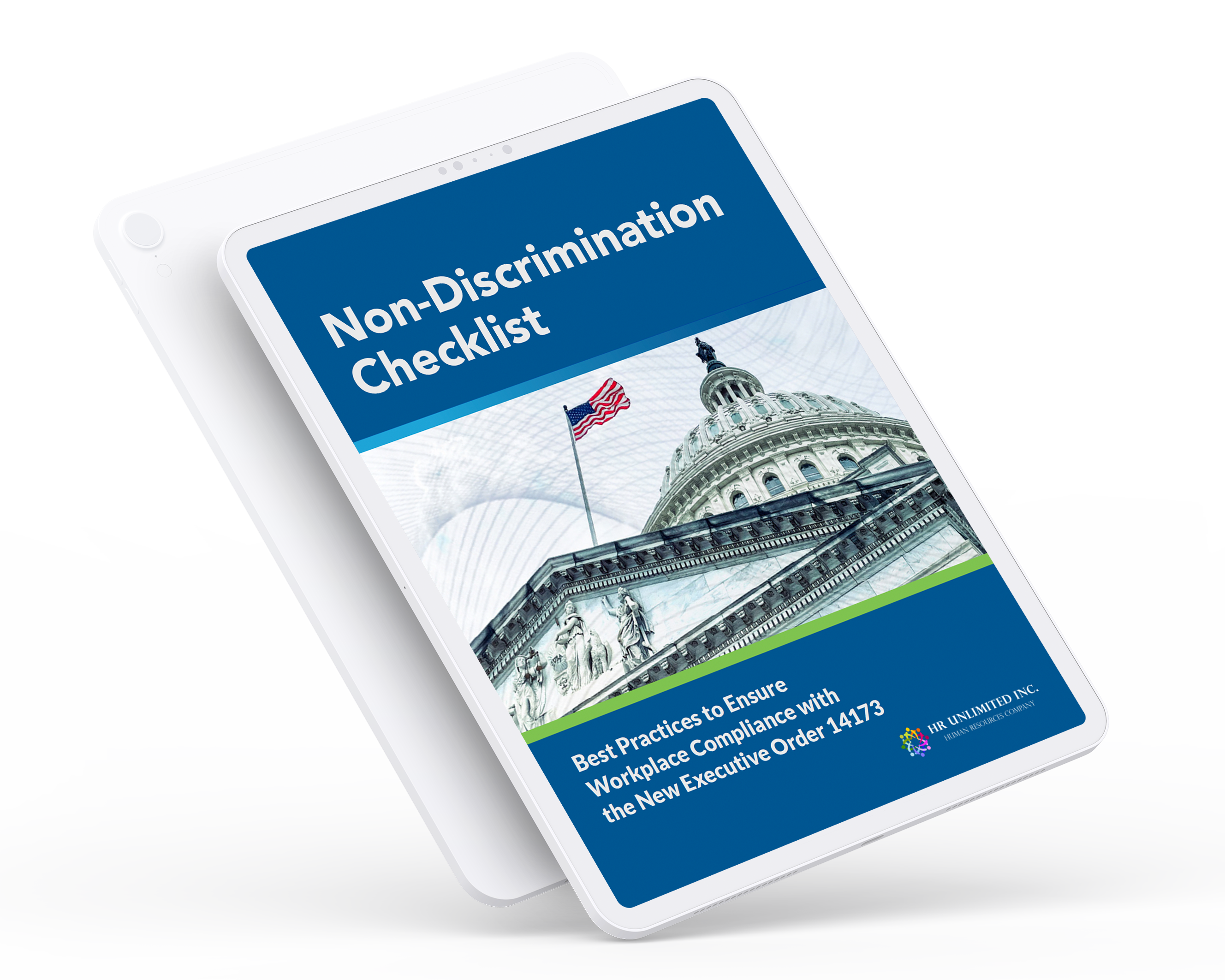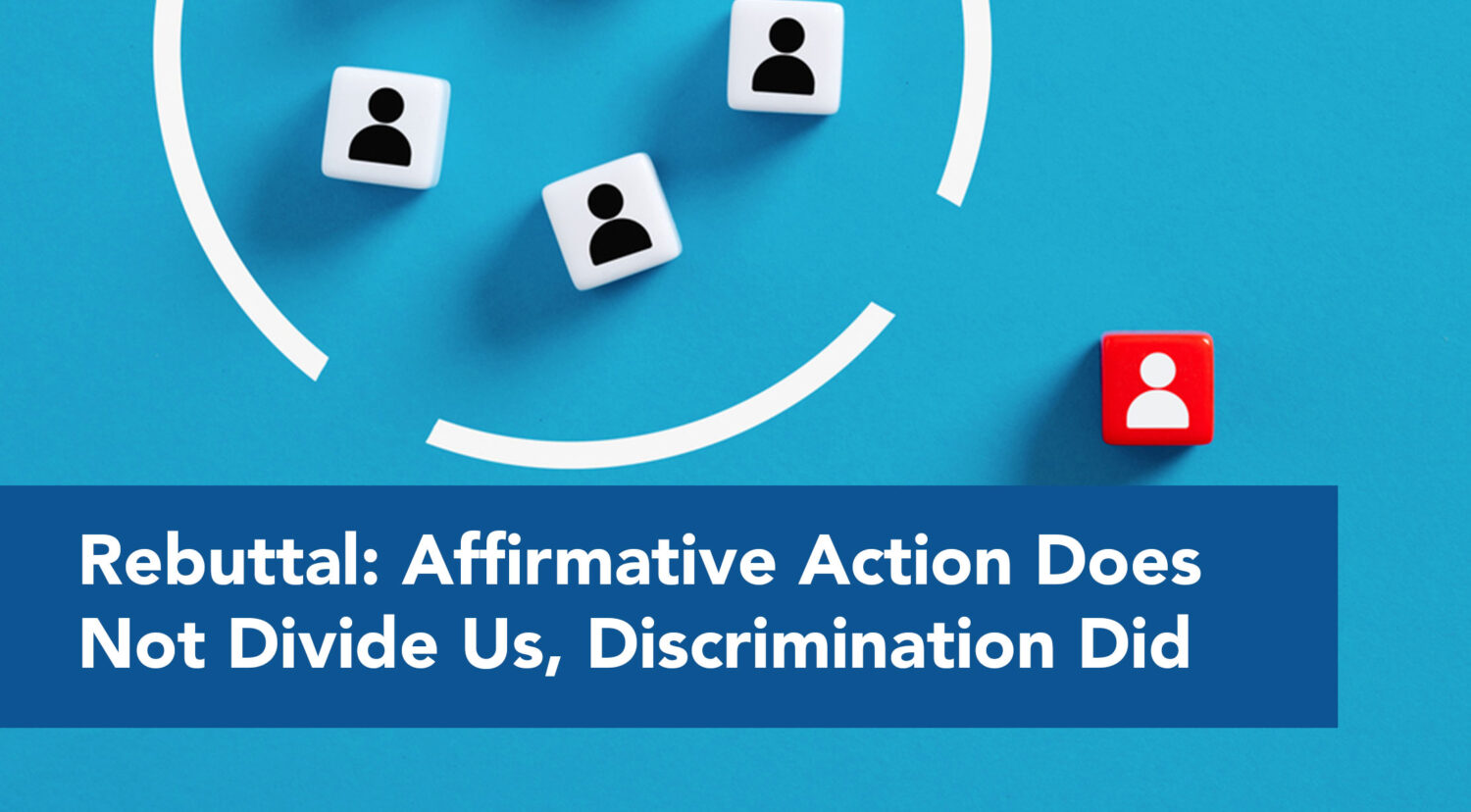On Starbucks, Unconscious Bias, & Very Personal Responsibility
Howard Schultz had a tough week. Seems every time he tries to get out, they pull him back in. First it was Financial Crisis of 2008 that ended his short retirement, now ten years later, it is the implicit bias crisis of 2018 that’s brought the founder back into the fold.
The poor guy has spent the last 40 years of his life trying to build a coffee company marketed to the public on socially conscious values. From the initiatives to purchase fair trade beans to offering health insurance and online tuition for his employees, Mr. Schultz has gone above and beyond what is expected of any American company chairman. One would think that decades of these types of efforts would build Mr. Schultz oodles of goodwill with the public, so that if his company came upon a political ‘black swan,’ they could rely on those reserves of goodwill. It sounded good on paper, anyway.
How could a company that conservative commentators see as one that “consistently competes for gold in the corporate Woke Olympics” be on the receiving end of such impassioned protest?
You’re Already in a Two-Strike Count
To credit the Starbucks folks, they immediately realized what a public relations disaster this is and acted with all due haste. Starbucks quickly apologized and announced it will close more than 8,000 of its stores in the United States to provide racial bias training1 for its 175,000 employees.
But what could Starbucks possibly do in an afternoon that would ameliorate this risk? Unfortunately, much of the science behind unconscious bias training is still a bit nascent to know for sure.
When Mr. Schultz was gallivanting through Italy in the 1970s, it is likely that many ideas crossed his mind, (we must assume he was reading Moby Dick at the time), for what a new, different type of coffee chain would include. Low on that list, if it appeared at all, I imagine was a consideration of how the racial views of his employees could pose a catastrophic risk to his bottom line.
Yet, the risk of not being proactive with unconscious bias is apparent to others. According to Fast Company, 20% of large American companies already train their employees to prevent unconscious bias, with the percentage expected to rise to 50% by 2020, (and that estimate was made before the Starbucks’ incident).
No businessperson can control his or her political era. Unfortunately, even if the need for Starbucks to eliminate unconscious bias is urgent, it isn’t necessarily clear how to proceed.
Nothing a Good PowerPoint Presentation Can’t Fix?
Unconscious bias is a fairly complicated concept to discuss in the aggregate—yet frustratingly for those subject to its harms—it is mind-numbingly simple. It matters very little to the person suffering from discrimination whether it comes from a conscious or unconscious part of the perpetrator’s mind. It’s ugly all the same.
First, it is difficult to convince people—specifically those that are initially unwilling to discuss the topic—that such an idea even exists. No reasonable American is going to look the country today and say there is no racism. Yet, very few, if any Americans are going to admit that he himself is racist. This disconnect is the easiest way to demonstrate societal implicit bias.
It is one thing to identify that there is an issue, another to solve it. With respect to unconscious bias training, there are two prominent shortcomings to address. First, there are serious concerns from multiple sources that the Implicit Association Test that underlies what we call unconscious bias suffers from serious flaws. Most strikingly, “current studies have found the race IAT to have a test-retest reliability score of 0.44, while the IAT overall is around 0.5…even the high end of that range is considered ‘unacceptable’ in psychology. It means users get wildly different scores whenever they retake the test.”
Unfortunately, critics of programs to improve unconscious bias falsely equivocate the scientific flaws of the Implicit Association Test with any effort to ameliorate discrimination in the workplace. Showing that the test is faulty is an entirely different finding than concluding that society does not suffer from unconscious bias. That old cliché about babies and the bathwater applies.
The second issue with unconscious bias training is current practitioners have yet to settle on what could be called best practices. The Harvard Business Review recently published a tough critique of modern diversity training programs including those attempting to ameliorate unconscious bias. (“Despite a few new bells and whistles, courtesy of big data, companies are basically doubling down on the same approaches they’ve used since the 1960s—which often make things worse, not better.”) Turns out the HBR also not immune to the politics behind unconscious bias, as it was less than a year later the Review advocated that we not give up on unconscious bias training but attempt to improve it. It is going to be very difficult to improve the methods behind unconscious bias training3 if our political climate will not permit us to be critical of the underwhelming tools currently available.
What Should We Do in the Meantime?
While this isn’t the right forum for an exhaustive examination of best practices when it comes to unconscious bias4, there are a couple of basic improvements we can make in the short term.
A Starbucks spokesperson, Jaime Riley, told The Washington Post that “in this particular store, the guidelines were that partners must ask unpaying customers to leave the store, and police were to be called if they refused.” This is a great place to start. There’s no way this Philadelphia Starbucks location has a written policy that states that if two men of color are seen sitting without ordering for any amount of time (two minutes in this case), then it is proper that law enforcement be called.
I don’t need to see what written procedures were in place to know that they could certainly be improved. If the management of that location could construe any language from corporate as justification for calling the police in this scenario, the Starbucks HR professionals have more work to do. Stores need guidelines that put them in a position to succeed and avoid controversy; for example, in this instance, stores need objective criteria dictating how to address a potential customer that has yet to purchase an item with the goal of uniformly applying the policy across all stores.
Secondly, HR professionals may not know with certainty that their training on unconscious bias is perfect, but they can take steps to optimize how engaging the presentation is. A professor in the Daily Beast described an unconscious bias training he witnessed “like telling people they have high blood pressure without telling them what to do about it.” HR professionals can and should not presume that their fellow employees understand why unconscious bias training is so important. It is imperative to ensure that everyone—in a way that is careful not to be condescending—comprehends why regular work activities are being suspended to complete the training. Like most things in life, the more we put into the training, the more we will get out of it. There are no easy fixes to a problem as fraught as unconscious bias.
Thanks for reading.
1 Consulting heavy hitters like Sherrilyn Ifill and Jonathan Greenblatt give the procedures even more weight.
2 Look at difference in tone from the Starbucks Twitter account before and after 14 April.
3 Washington University professor Calvin Lai told the Daily Beast. “I can name all the rigorous experiments [on implicit bias training] on one hand…That’s not saying that they don’t work and that other diversity-type training is better. It’s just that we don’t know and that there isn’t enough research.”
4 The Harvard Business Review published a few good pointers.





